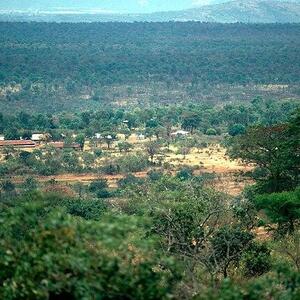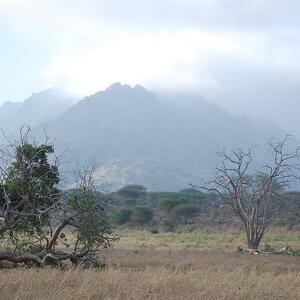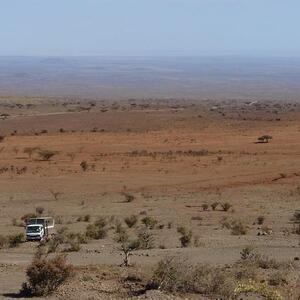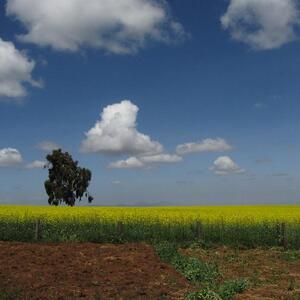The Eastern Province of Kenya, now divided into counties, encompasses diverse landscapes from fertile highlands to semi-arid plains. Home to various ethnic groups like the Meru, Embu, and Kamba, the region thrives on agriculture, producing maize, coffee, and tea. It boasts tourist attractions such as Meru National Park, fostering wildlife conservation and outdoor activities. Efforts in infrastructure development aim to improve living standards and stimulate economic growth, despite challenges like periodic droughts and healthcare accessibility. The Eastern region's cultural richness, economic activities, and potential for tourism contribute significantly to Kenya's overall diversity and development. Geography: The Eastern Province of Kenya, now represented by several counties, is located in the central and eastern parts of the country. It is characterized by a diverse landscape that includes semi-arid plains, highlands, and parts of the Great Rift Valley. Counties: Some of the counties that were part of the former Eastern Province include Meru, Tharaka-Nithi, Embu, Kitui, Machakos, Makueni, and Isiolo. Each county has its unique cultural, economic, and geographical attributes. Population and Culture: The Eastern region is home to various ethnic groups such as the Meru, Embu, Kamba, Tharaka, and others. Each community has its cultural practices, languages, and traditions that contribute to the diverse cultural tapestry of the region. Economic Activities: Agriculture is a significant economic activity in the Eastern region. The fertile highlands support the cultivation of crops such as maize, coffee, tea, fruits, and vegetables. Livestock farming, particularly in the drier areas, is also common. Additionally, the region has mineral resources such as limestone, which is used in industries like cement production. Tourism: The Eastern region boasts several tourist attractions, including national parks and reserves like Meru National Park, which is known fo






